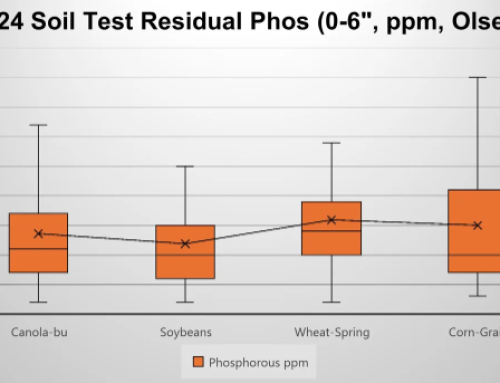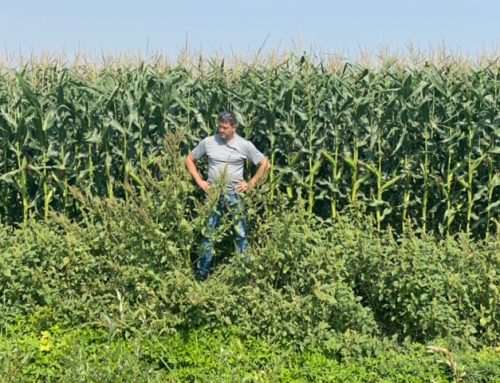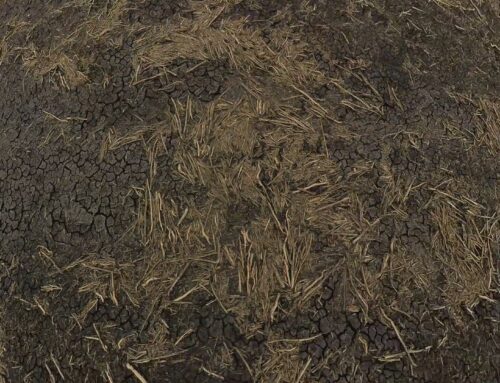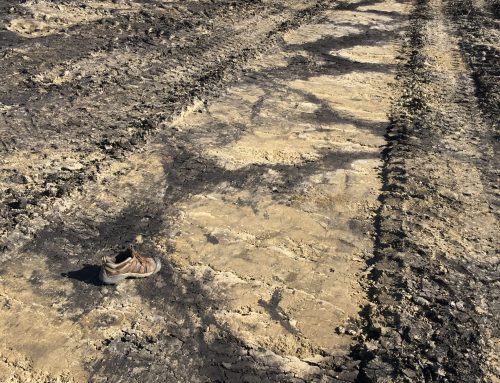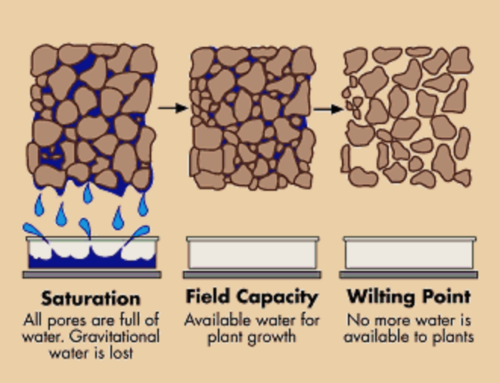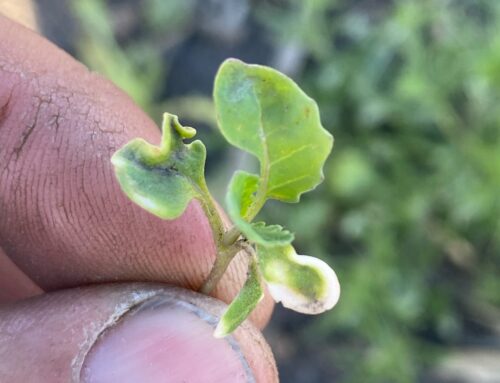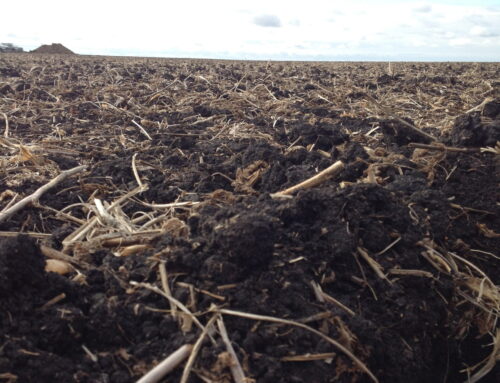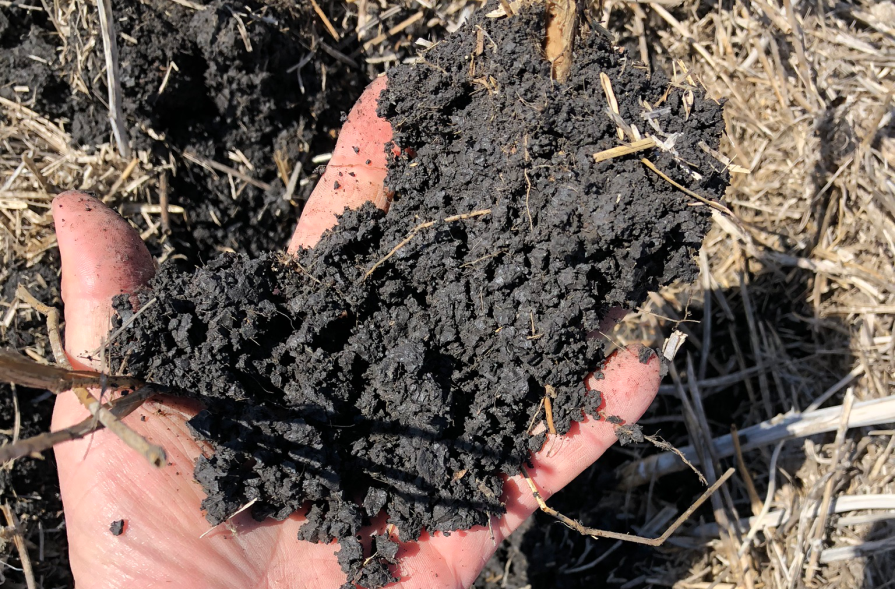
Buy seed. Buy fertilizer. Buy chemical. Pretty routine checklist for our spring preparations. Something we’ve always done and our fathers before us. What is routine isn’t always what is best. Agriculture has changed so much in the last 30 years – low-drift nozzles, GPS, precision technologies. Yet, we continue to add more amendments with each spring plant. Costs go up, our profit margin narrows and we may actually be earning less on every acre we plant.
What is this dysfunction? With each pass up and down that field, both tractor and implement are compressing or breaking apart soil aggregates and adding or taking from the resources on the land in both plant residue or soil form. As land owners, we need to ensure that our land is healthy and nourished, not only our plants. Chemical additives that feed the seedling don’t feed the soil nor the organisms that live within. Without healthy, happy microbes, your crops will not perform to their full potential.
Plants require four basic needs to survive: water, air, sunshine and nutrients. Some of these nutrients are NPKS, just like on the fertilizer bag. However, one important nutrient is missing from that synthetic fertilizer. Carbon. The building block of life. All life forms are made of carbon, whether plant or animal. Decaying residues are broken down into carbon by insects and microbes, turned into soil, lost as carbon dioxide to the atmosphere and recycled into the system. This is the natural creation of organic matter and is a significant measurement of soil health.
Carbon. The building block of life.
From the article “The Dark Side of Tillage”, we know that tillage has disrupted this natural cycle and caused soil carbon to be used up much faster than organic matter can be created. Soils in the Red River Valley continue to lose organic matter (the measurement of soil carbon) and fertility, following the 150 years since the break-up of the Tall Grass Prairie.
Being in good health takes time and effort. Will you be toned and fit after years of a poor diet? To lose weight and/or maintain a healthy body requires input of high quality nutrients, whole natural foods and meal planning, not binge-eating processed foods. Just like your body, the soil needs quality, not quantity. We may abuse our bodies in our early years, but once we reach middle age, we realize we cannot eat like we used to. More oatmeal and raisins for breakfast, another scoop of peas on the plate and less deep-fried foods or Cheese Whiz. We can still indulge, but not as often and our system might be upset if we do.
Our prairie soils in the Red River Valley are now in middle age and in continued need of quality care. New precision technologies have improved our care of the soil. Reduced usage of processed chemicals and increased consumption of natural, whole food can get the gut working efficiently again. This quality food can only come from the natural state of a diverse soil microbial population (See “Keep your microbes Happy!”), intact plant roots, plant root secretions and the build-up of carbon. It won’t be easy and it will take longer than our lifetime, but we need to continue developing a meal plan for our soil so that it will remain healthy and vivacious well into old age.

